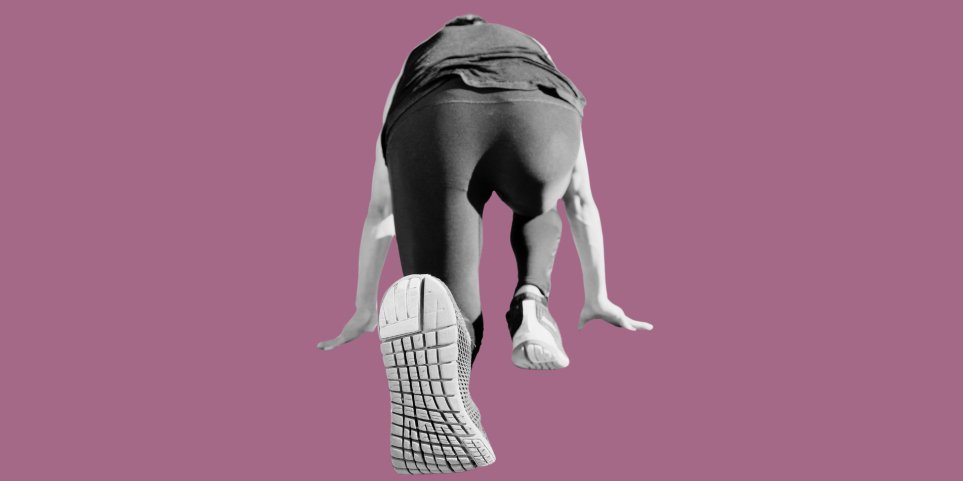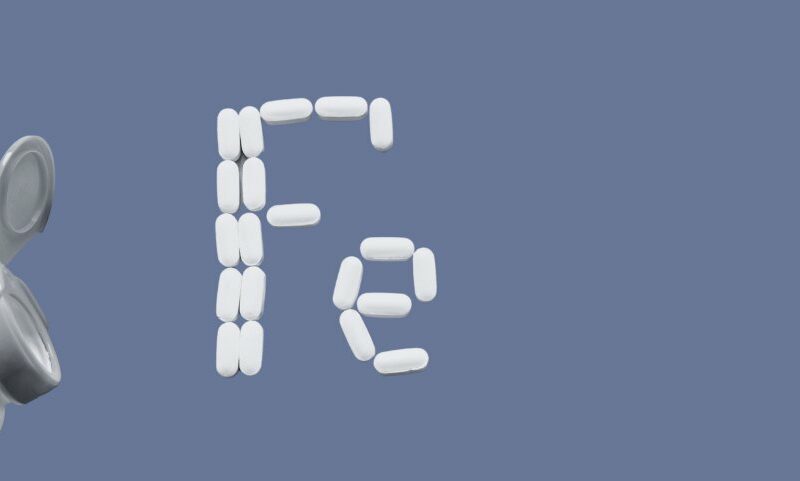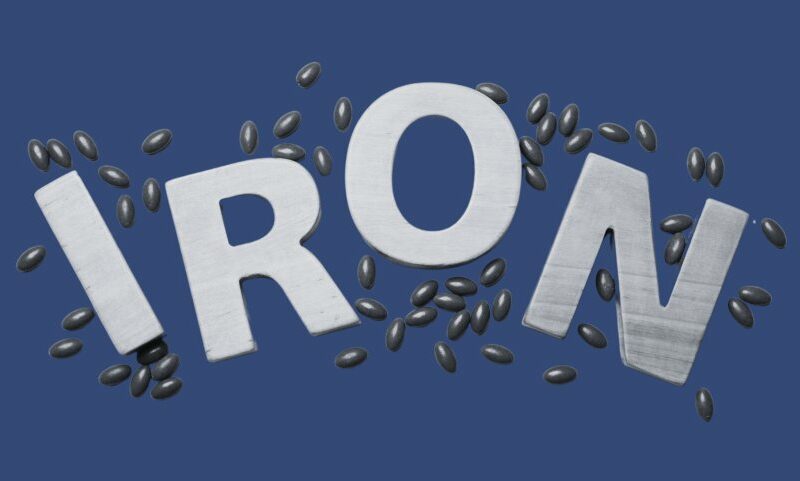
Iron deficiency in athletes
Why would athletes be at risk for iron deficiency?
Athletes are at-risk for iron deficiency because the activity demand increases breakdown of hemoglobin directly from heavy training’s impact.
It also increases the turnover of red blood cells that carry iron.
Iron delivers oxygen to, and then captures it inside, muscles.
So athletes have more opportunity to lose iron.
Does low iron affect athletic performance?
Iron carries oxygen to our muscles, so they can in some ways breathe. Muscle breathing produces energy. When there isn’t enough iron, oxygen can’t be stored in the muscle, choking them out sooner.
In the absence of oxygen, muscles work harder not smarter which encourages faster fatiguing. Iron is also essential for the production of adenosine triphosphate (ATP), the primary energy currency of cells. Less iron means less power.
Iron is necessary for proper muscle function and contraction. Iron-deficient muscles may not contract effectively, leading to decreased strength and endurance. Lower iron also increases risk of injury and slower response time in sport.
We know that athletes who get iron infusions clear lactate better, which indicates faster recovery during and after activity.
The longer it takes to recover the more likely an athlete experiences post-exercise inflammation and soreness.
Exercise creates inflammation
Inflammation blocks the iron from our diet from entering our bloodstream. The impaired absorption of iron due to upregulation of the iron-regulating hormone, hepcidin, following exercise as part of the acute inflammatory response.
Exercise can influence hepcidin, which can negatively impact iron absorption.
Exercise with a calorie deficit increases hepcidin.
Exercise with a calorie AND carb deficit, increases hepcidin MORE.
Iron infusions for improved recovery
Iron infusion patients report a reduction in post-exercise fatigue, improved sleep, and less soreness, allowing for an easier return to optimal training loads. Psychologically, they report higher levels of concentration, focus, better reaction time, and improved decision-making.
Checkpoint Charlie
As an athlete, are you getting enough calories?
Are you getting a good balance of carbs, protein, and fat?
Are you getting enough iron?
If iron deficient (i.e., ferritin <100 µg/L) and wanting to enhance your performance, could you benefit from an infusion?
YES!
And many women would agree.










